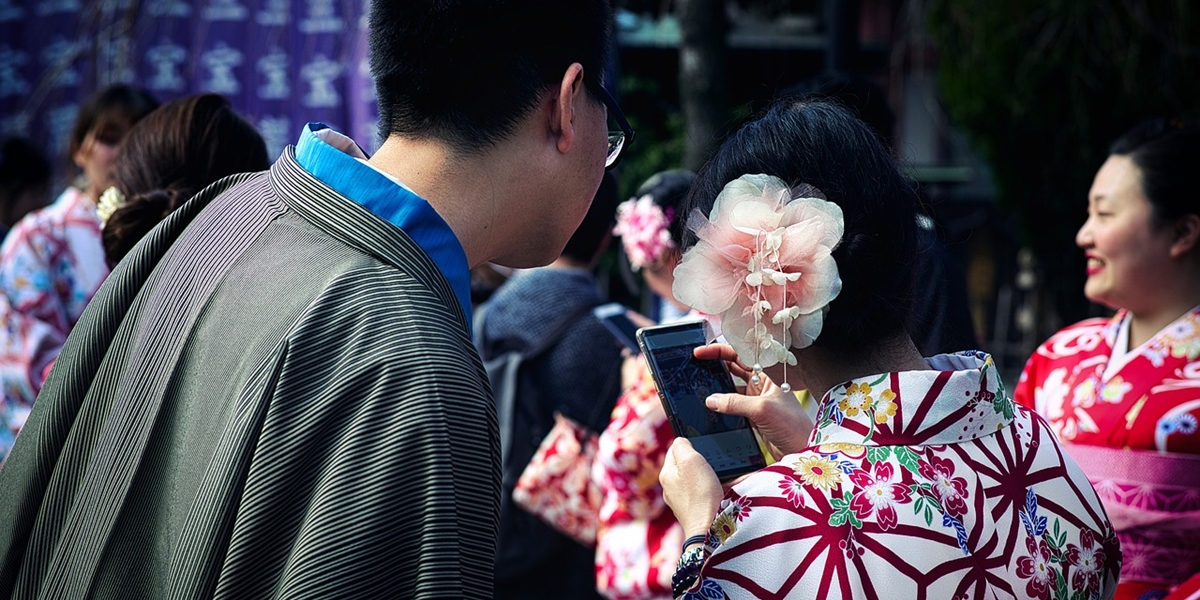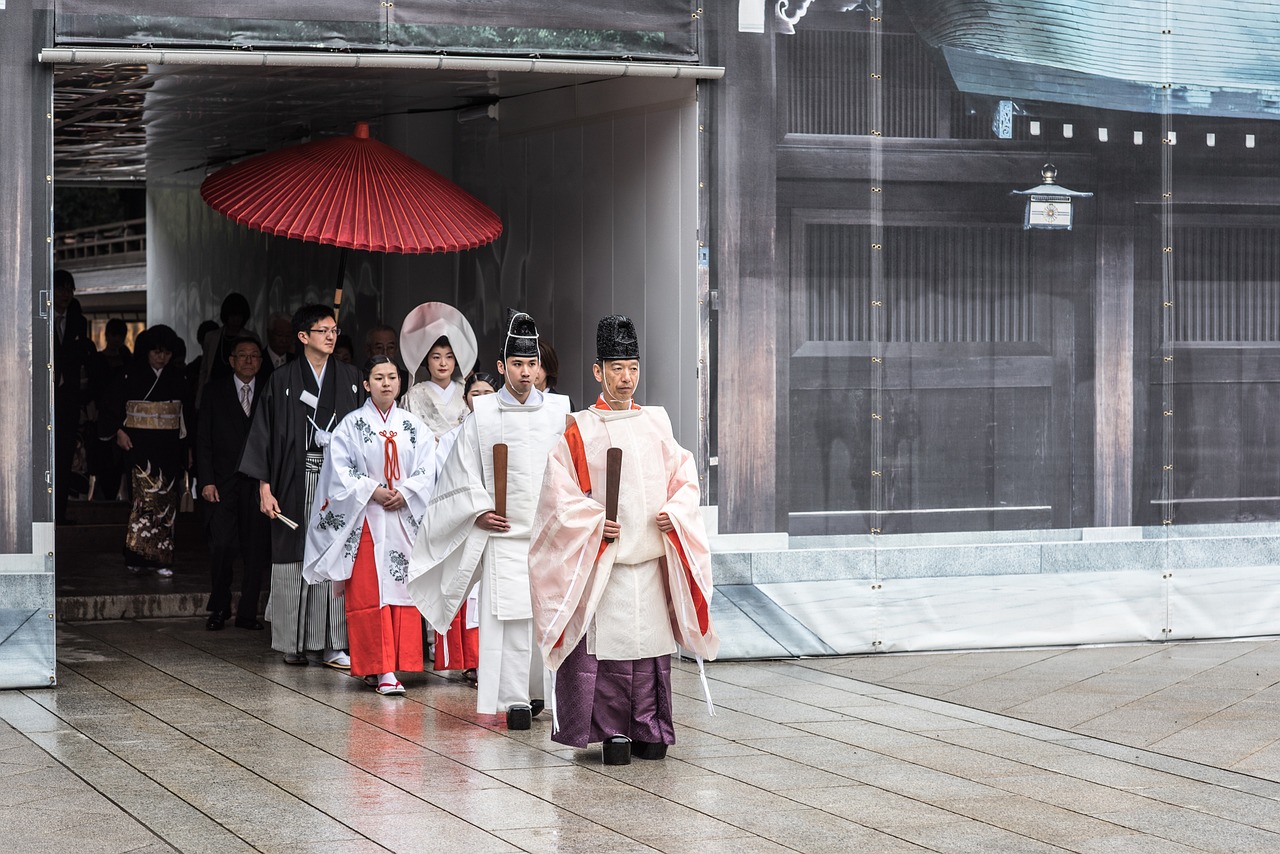Short and Long I'tidal Prayer Readings, Also Check the Movement Guide
One of the prayers recited in prayer is the i'tidal prayer, which is an important part of the prayer recitation.

Kapanlagi.com - In Japanese culture, family calls in the Japanese language reflect deep relationships and traditional values. From 'otosan' (father) to 'obasan' (grandmother), every family call in the Japanese language shows a strong family structure.
Family genealogy in Japan, like in many other cultures, follows a general pattern consisting of nuclear and extended families. Nuclear families consist of parents and children, while extended families include grandparents, aunts and uncles, and siblings.
Although urbanization has changed family dynamics, values such as attachment and mutual support remain fundamental in maintaining family relationships in Japan. Therefore, this material is suitable for those who want to learn the Japanese language.
So, what are the family calls in the Japanese language? Here is a complete list of family calls in the Japanese language, generally in society.

Illustration (credit: pixabay.com)
The family lineage in Japan follows a common pattern similar to many other cultures around the world, although there may be some cultural and traditional differences that apply.
However, as with any culture, variations can occur depending on factors such as regional traditions, social status, and individual family preferences.
Here is a general overview of family lineage in Japan:
Immediate Family (Kazoku)
The Immediate Family or "Kazoku" in Japanese is the smallest group in the family structure, consisting of parents (father and mother) and their children (sons and daughters). This is the basic unit responsible for the upbringing, education, and protection of the children. Here are the terms for the immediate family in Japan:
1. Oya = Parents
2. Chichi = Father
3. Haha = Mother
4. Musuko = Son
5. Musume = Daughter
Extended Family (Shinzoku)
The correct term is "Shinzoku", which can be translated as "Extended Family" or "Big Family". Shinzoku refers to a larger family group than the nuclear family. It includes extended family members such as grandparents, siblings, uncles, aunts, cousins, and in-laws. Here is the list of extended family members:
1.Soborou = Grandparents on the father's side
2.Sofu = Grandfather on the father's side
3.Sobo = Grandmother on the father's side
4. Mago = Grandchild
5.Magomusuko = Grandson
6.Magomusume = Granddaughter
7.Ryoshin = Parents from both sides
8.Gyakuryu = Son-in-law (married into the family)
9.Yome = Daughter-in-law
10.Muko = Son-in-law
11. Ryoshin no musuko = Son from both sides
12.Ryoshin no musume = Daughter from both sides
Whole Family (Kazoku zentai)
The term Kazoku Zentai means "Whole Family" or "Big Family". It refers to the entire family group, including the nuclear family and the extended family, as well as ancestors, distant relatives, and future descendants. Here is the list of the whole family:
1.Sessha = Ancestors
2.Soyogo = Ancestral grandparents
3.Edaichikara = Family related through marriage.

Illustration (credit: pixabay.com)
After knowing the family lineage in Japanese culture, then you can know the list of family calls in Japanese language. These family calls in Japanese language can be used to call family members, from immediate family to extended family. Here is the list of family calls in Japanese language:
1. Otosan = Father
2. Okasan = Mother
3. Oniisan = Older brother (if spoken by a male)
4. Oneesan = Older sister (if spoken by a male)
5. Ototo = Younger brother (if spoken by a male)
6. Imoto = Younger sister (if spoken by a male)
7. Oji = Uncle (if the uncle is younger than the parents)
8. Ojisan = Uncle (if the uncle is older than the parents)
9. Oba = Aunt (if the aunt is younger than the parents)
10. Obasan = Aunt (if the aunt is older than the parents)
11. Itoko = Cousin
12. Ojiisan = Grandfather
13.Obaasan = Grandmother
14.Magomae = Grandchild
15.Hii-ojiisan = Great-grandfather
16.Hii-obasan = Great-grandmother
17.Otosan = Father-in-law
18.Okaasan = Mother-in-law
19. Oniisan = Brother-in-law (if spoken by a man)
20.Oneesan = Sister-in-law (if spoken by a man)
21.Magosan = Grandchild (formal)
22.Hii-ojiisan = Great-grandfather (more formal)
23.Hii-obasan = Great-grandmother (more formal)
24.Mei = Niece (if spoken by a man)
25.Oi = Nephew (if spoken by a man)
26. Itoko = Cousin
27.Oikko = Nephew (if spoken by a woman)
28.Meiko = Niece (if spoken by a woman)
29.Giri no musuko = Stepson
30.Giri no musume = Stepdaughter
31.Gikei = Brother-in-law
32.Gishimai = Sister-in-law
33. Giri no chichi = Stepfather / Father-in-law
34.Giri no haha = Stepmother / Mother-in-law
35.Giri no ani = Stepbrother / Brother-in-law
36.Giri no ane = Stepsister / Sister-in-law
37.Giri no ototo = Stepbrother
38.Giri no imoto = Stepsister
39.Giri no mago = Step-grandchild / Grandchild-in-law
That is the complete list of family terms in Japanese that you can know. In addition to knowing family terms in Japanese, there is also a family lineage in Japanese culture that you can know.
(kpl/dhm)
Cobain For You Page (FYP) Yang kamu suka ada di sini,
lihat isinya
One of the prayers recited in prayer is the i'tidal prayer, which is an important part of the prayer recitation.
What if some characters from the anime DRAGON BALL were made into a live action version? Let's see how Hollywood actors and actresses would look like when playing characters in the anime DRAGON BALL.
There are several latest and popular Thai dramas about age gap love. Here is a list of the latest and popular Thai dramas about age gap love that you shouldn't miss.
For fans of Asian dramas or films, the iQIYI channel can be a reference for watching various latest and even old shows. Moreover, in 2022 there are a series of best drama recommendations on iQIYI that you must watch. Check it out here.
The film THE PRINCE is an action-thriller film directed by Brian A. Miller. Here is the synopsis of the film THE PRINCE, complete with a list of cast members and character explanations.
The film DRAGGED ACROSS CONCRETE is a crime thriller film. Here is the complete synopsis of the film DRAGGED ACROSS CONCRETE along with a list of cast members and explanations of their characters.
There are several high-rated Chinese dramas about arranged marriages that you can watch. Here is a list of high-rated Chinese dramas about arranged marriages that you shouldn't miss.
What are some Korean dramas that Ahn Hyo Seop starred in?
Curious about the complete story? To find out more, just read the following review related to the synopsis of Korean drama FALLING FOR INNOCENCE.
For KLovers who are curious about the dramas played by this Noona. Here is a list of Lee Bo Young's dramas as the main cast that successfully attract attention.
Curious about which anime with MC villains are exciting to watch? Here are some anime recommendations with MC Villains that you must watch.
Interested in watching Korean dramas about mental health? If so, let's take a look at the list of recommendations and brief synopses below.